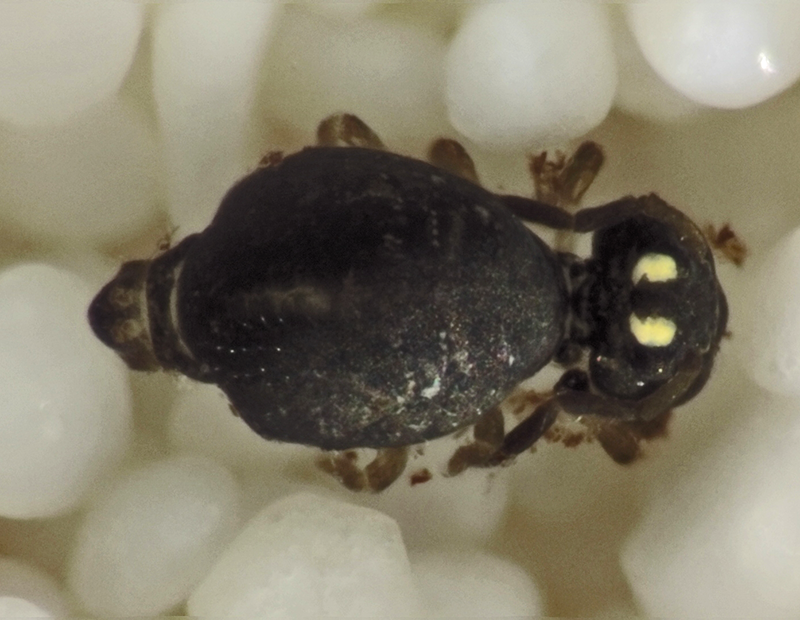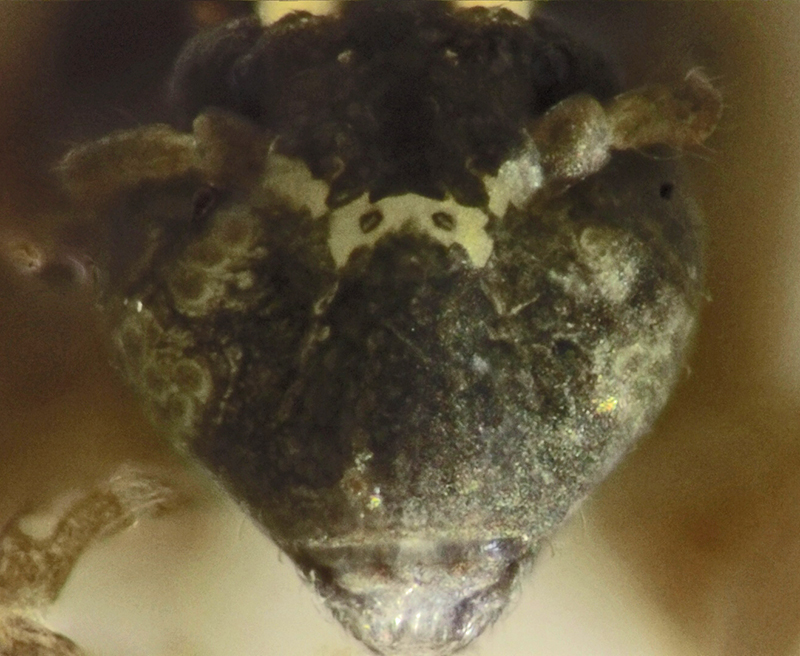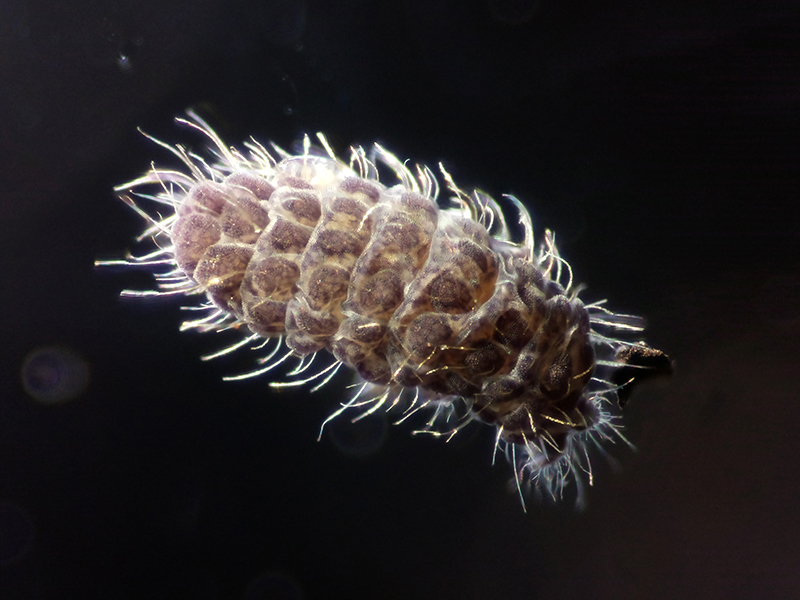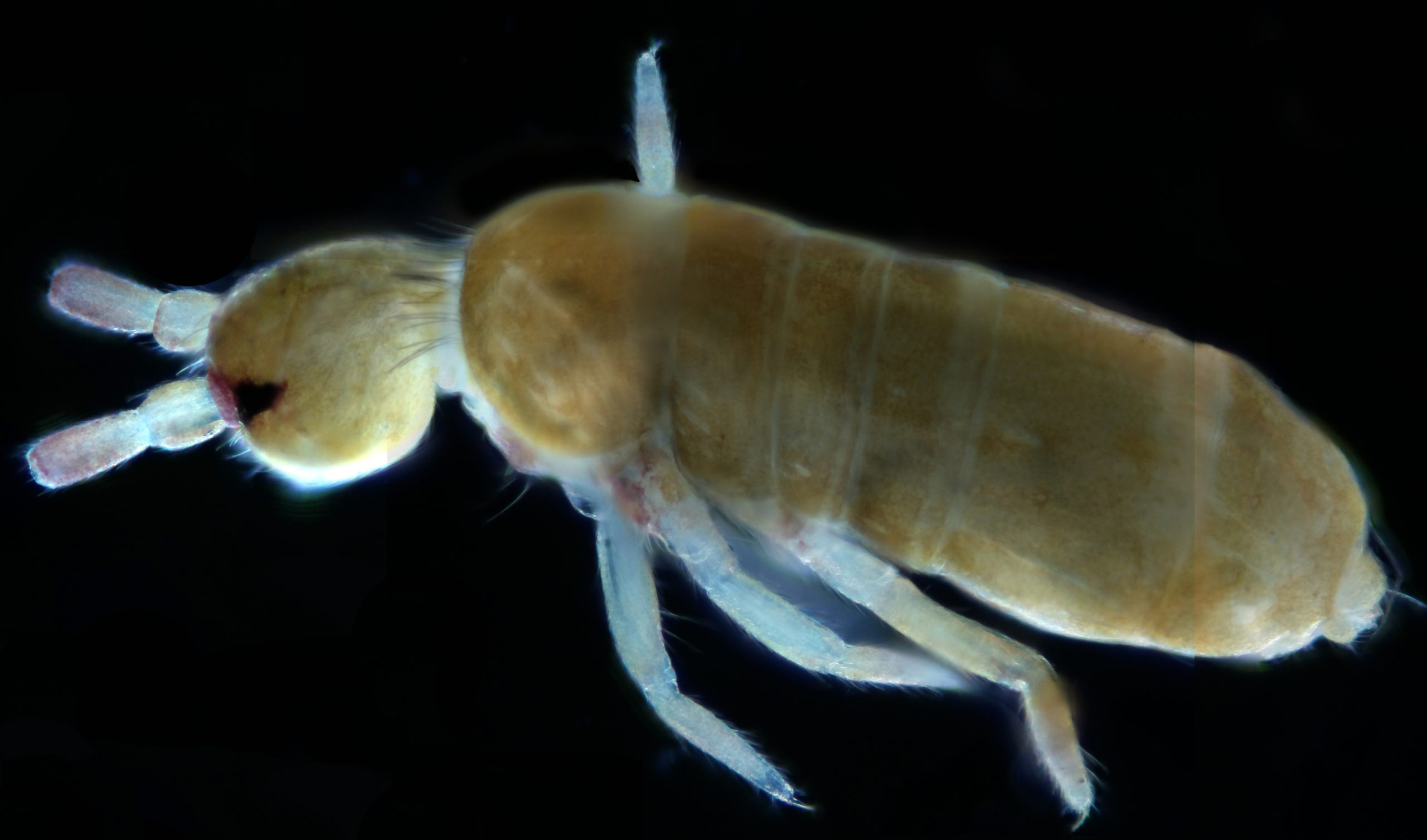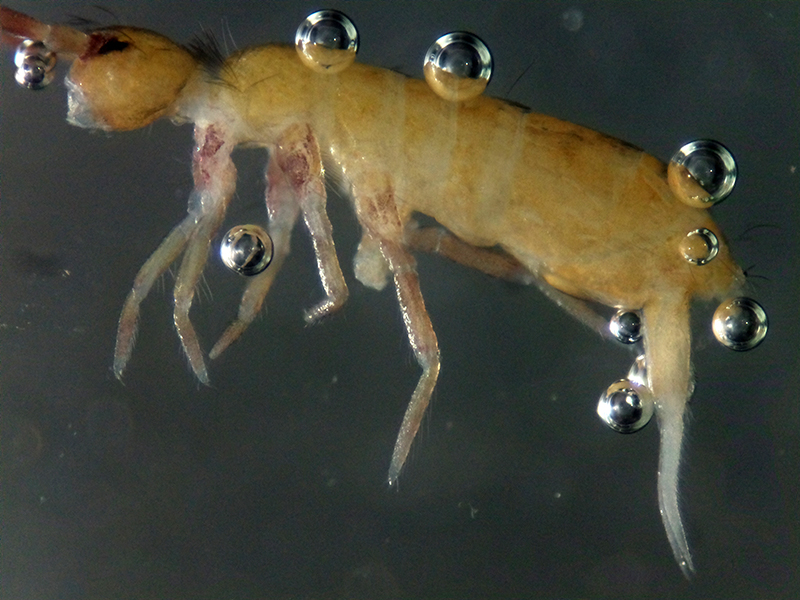Small Worlds
Microscopy

We use two main types of microscopes at Keats Island. For “big” specimens, ranging from a couple of millimeters to a couple of cms, we use a stereoscopic microscope, often known as a dissection microscope, where the specimen is illuminated from the sides.
For smaller specimens we use a compound microscope, which receives light directly from underneath the specimen and is especially useful when dealing with semi-transparent organisms. Compound microscopes usually magnify specimens 40 to 1000 times.
We adapted a modified version of the Raspberry Pi (ca. 120 $CAD) and a GoPro (ca. 250 $CAD) to take the images you’ll find below. If you want to acquire a photographic equipment like the one displayed here, we’d love to hear from you!
Tardigrades
Tardigrades, also known as water bears, are microscopic, water-dwelling animals that are renowned for their remarkable resilience and ability to survive extreme environmental conditions
Did you know..?

Algae
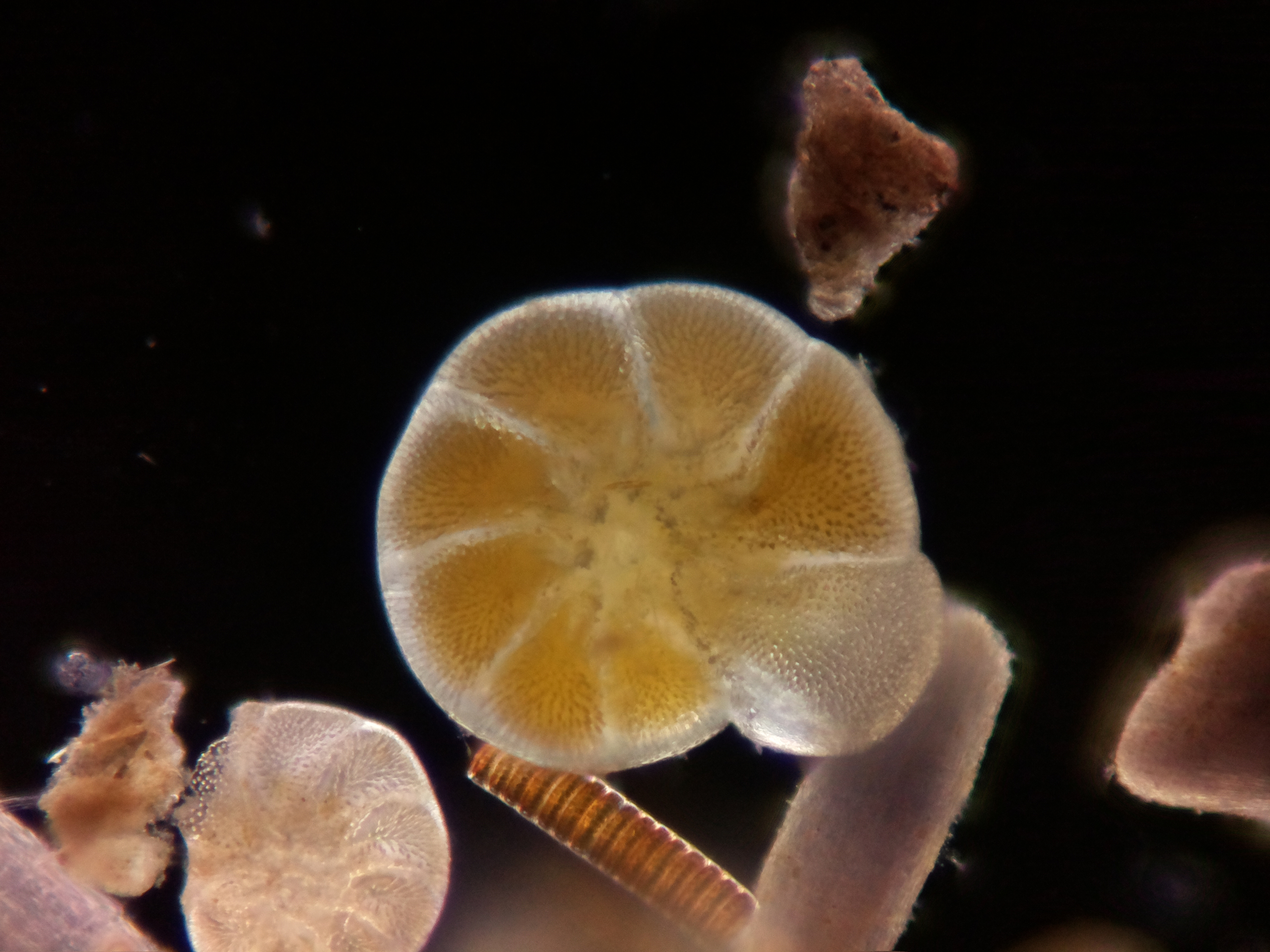
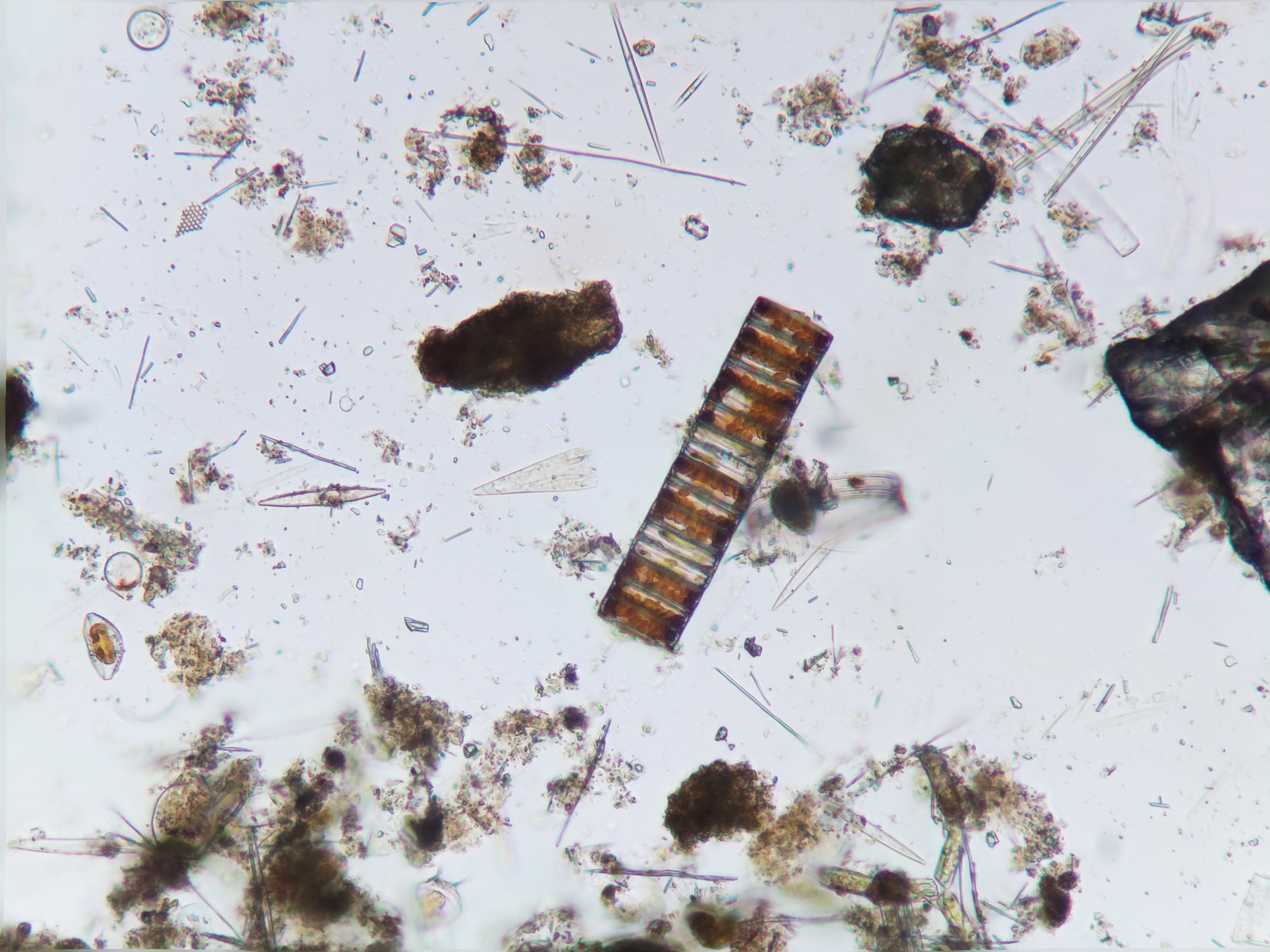
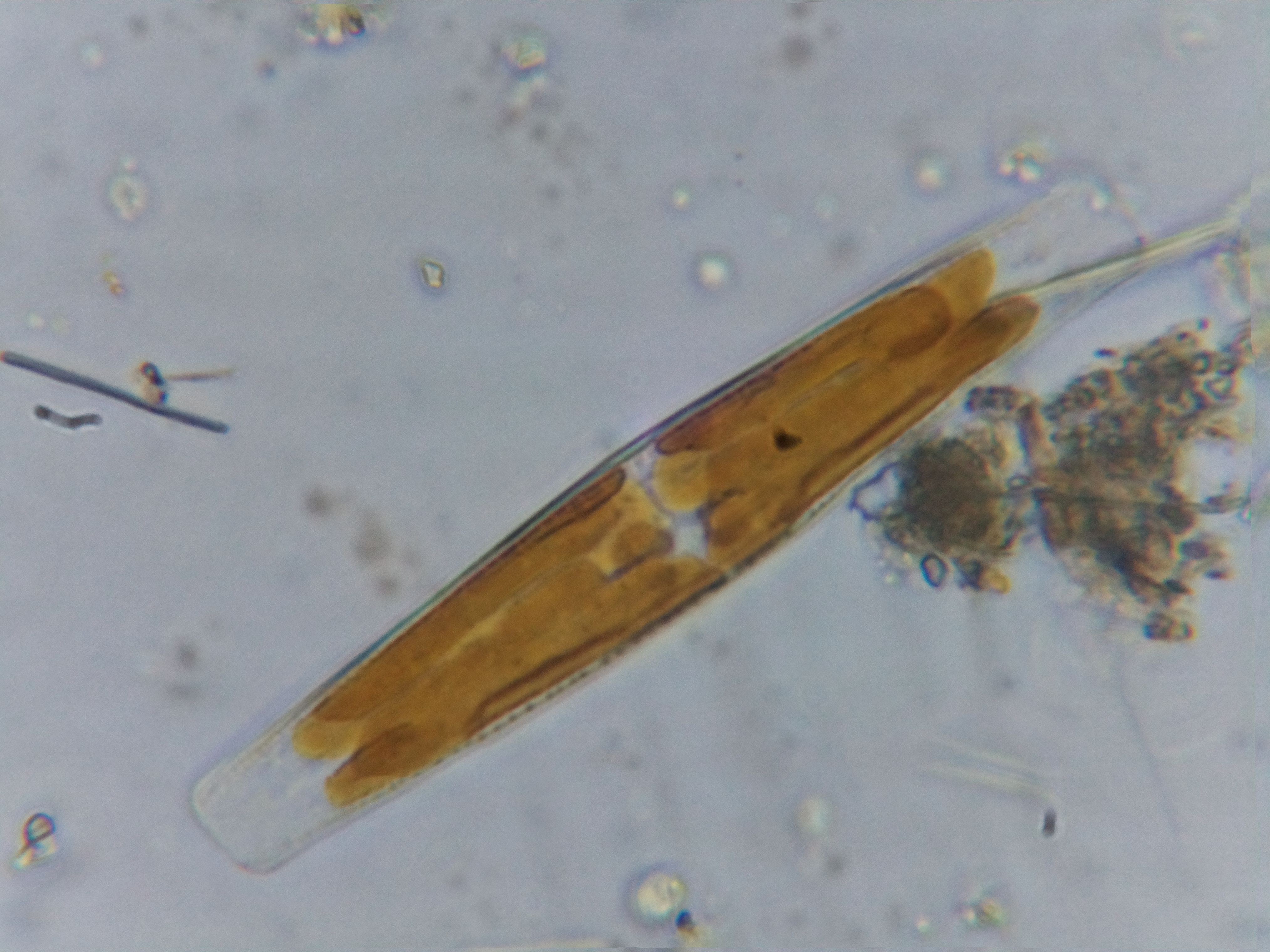
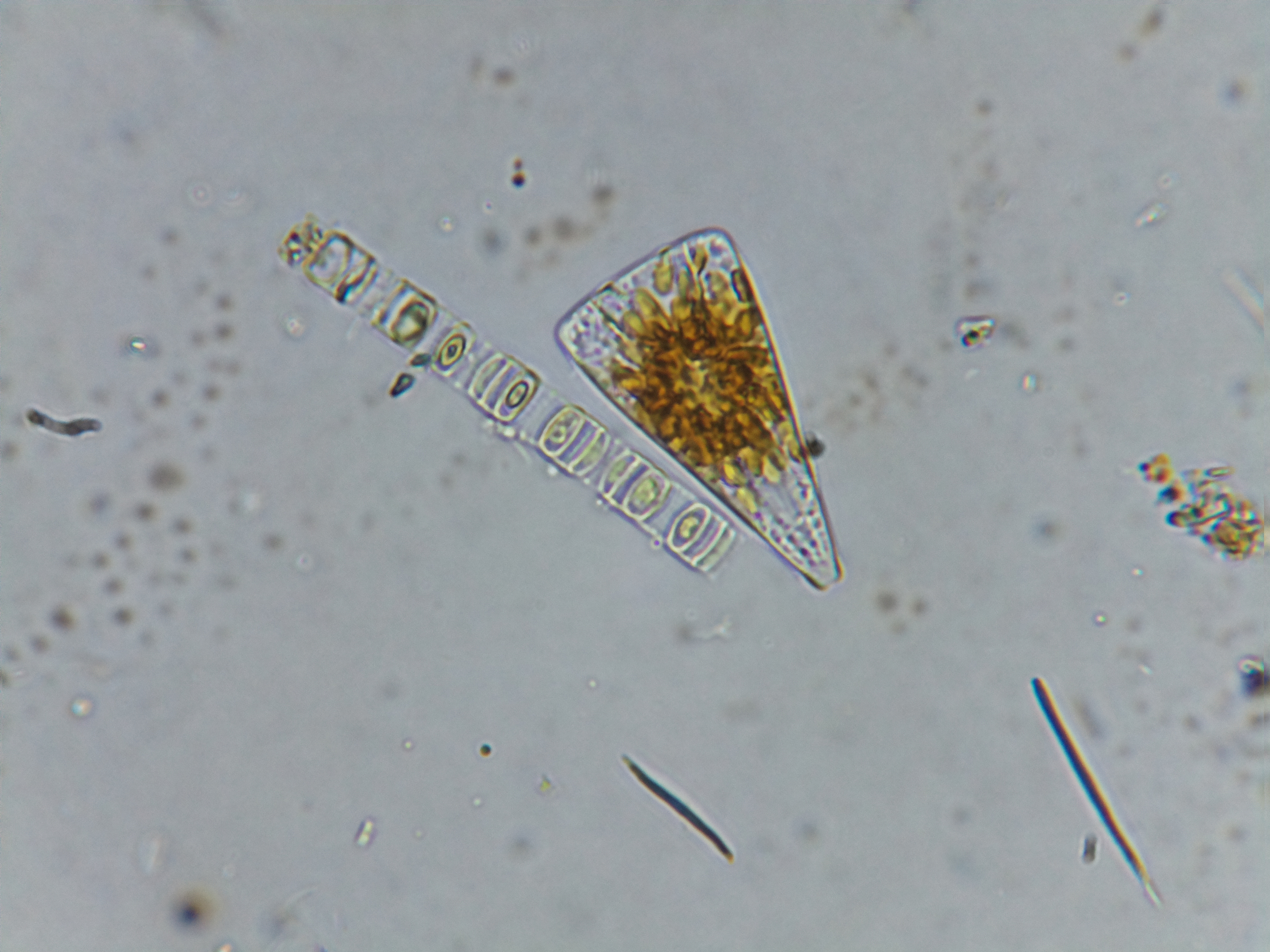
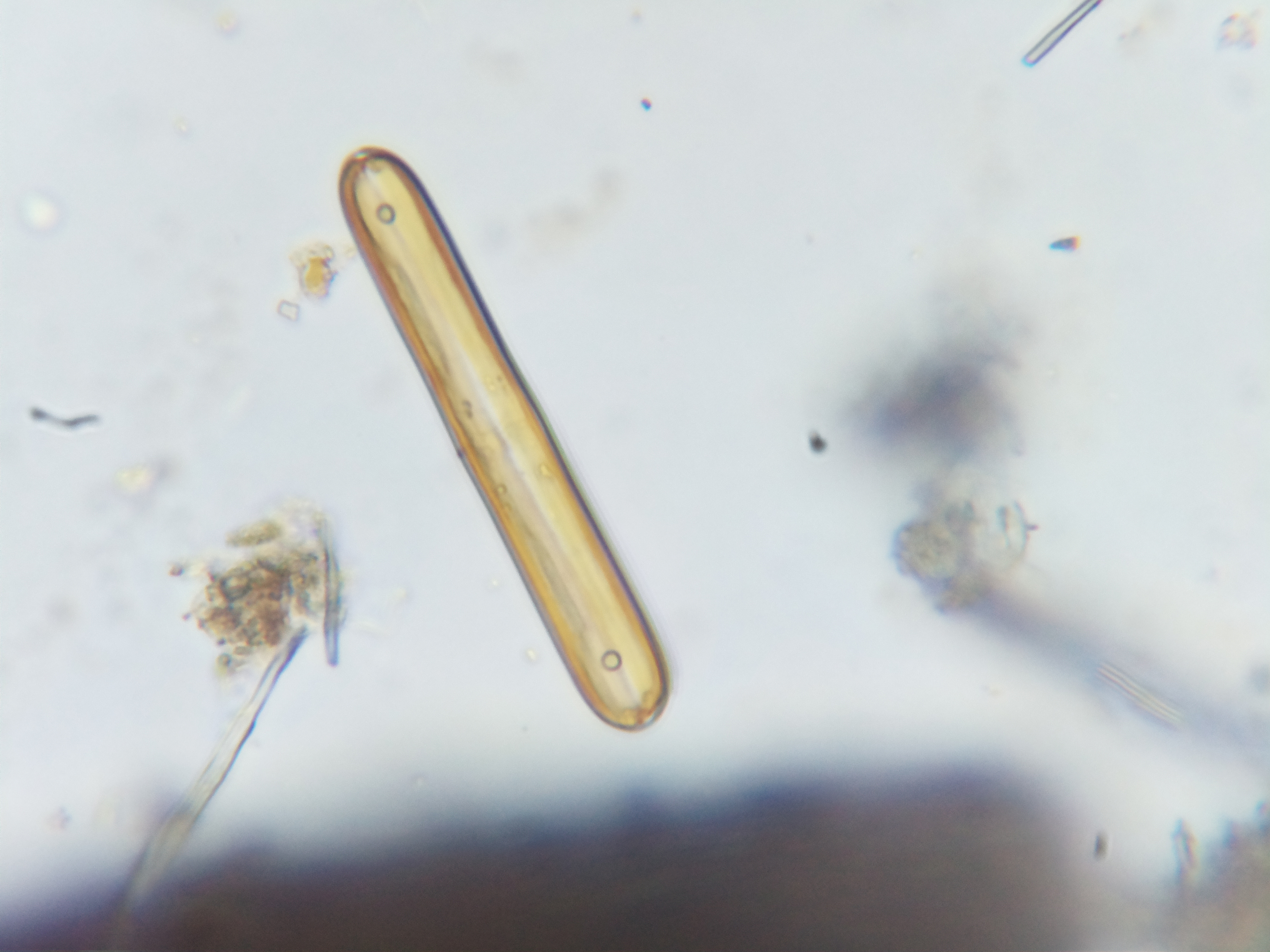
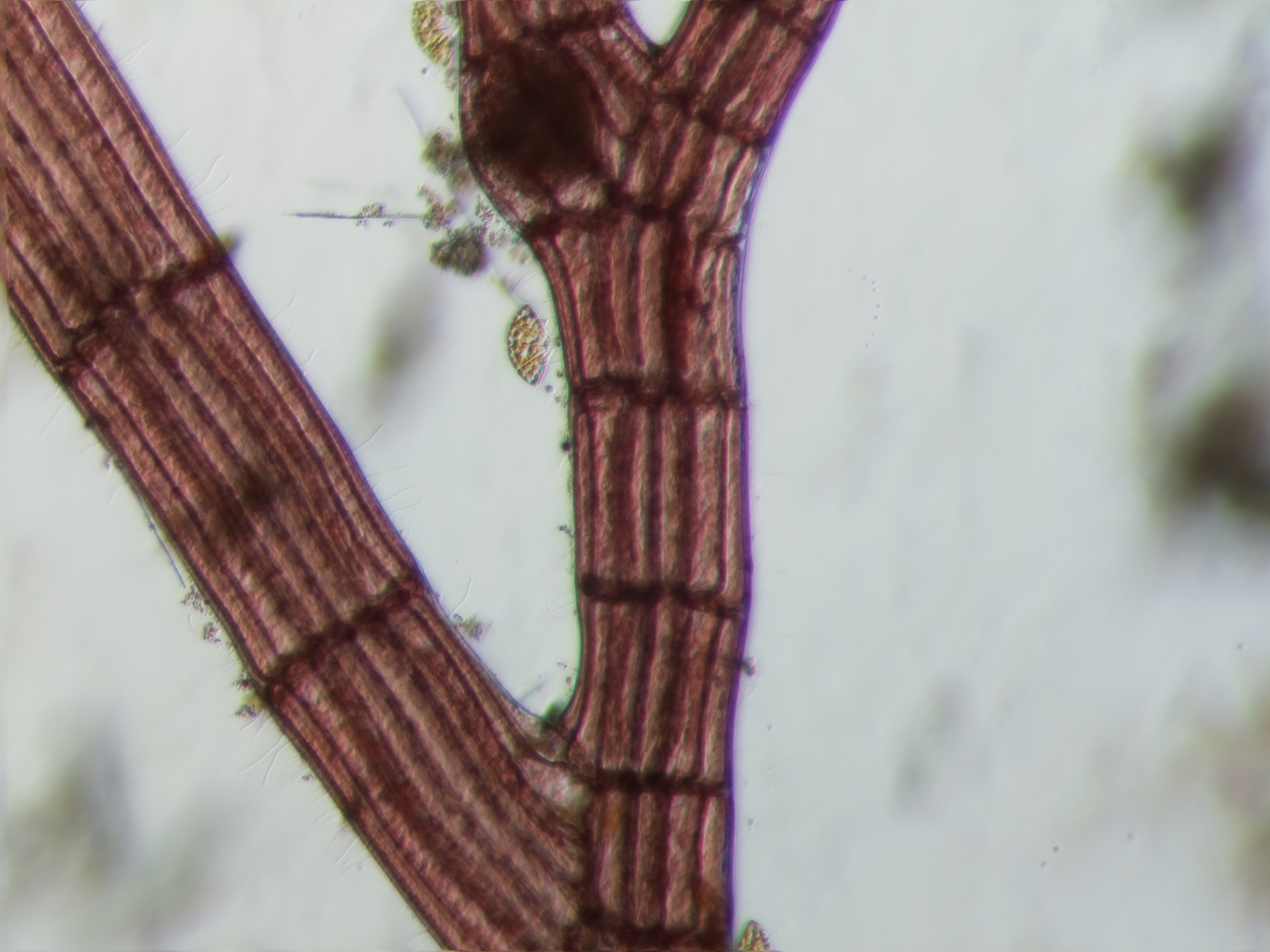
Algae are organisms that can have one (unicellular) or more than one cell (multicellular). Algae are fundamental elements in their ecosystem, serving as home, food and chemical producers in whichever habitat they’re found in. Many species gather minerals from their environment to produce protective layers, often made of silicates.
Algae are especially abundant in the shorelines, near docks, where the waves hit against the substrate, releasing detritus and minerals into the water. An excess in organic matter from the shore can produce certain species of algae to bloom and overpopulate, often releasing toxic by-products that kill many resident species.
Silent, deadly and… small. Very small. Pseudoscorpions are Arachnids, the same group to which spiders and real scorpions belong. A chthonid moves around the forest floor looking for collembola and other small arthropods in the leaf litter. When they find one, they quickly use their front legs to snap and inject their victims with venom. While lethal for a small insect, this venom is inoffensive to humans.
Did you know..?
When the time is right and a big fly or small mammal passes by, these normally slow arachnids hold onto the other animal’s legs and fur, very tightly, traveling along as one of the world’s smallest jockeys. This is a mechanism known as Phoresy
Pseudoscorpion
(Chthoniidae)
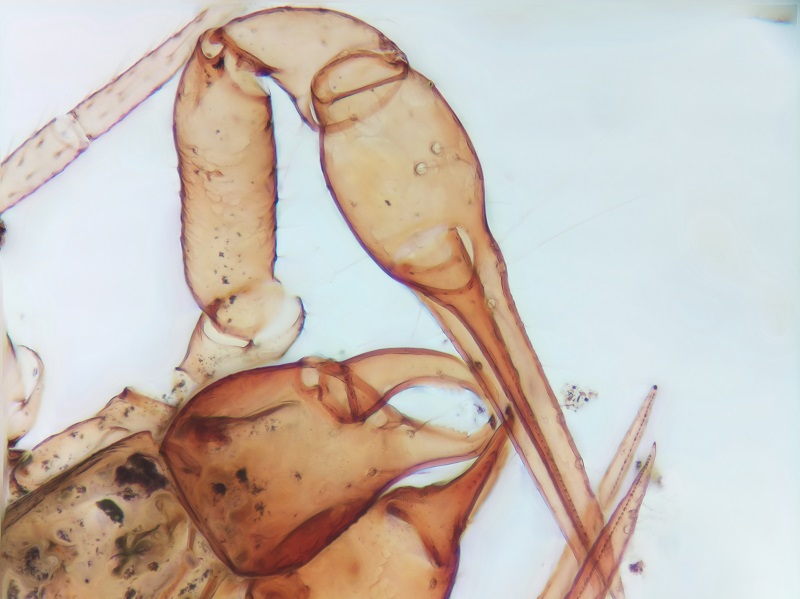
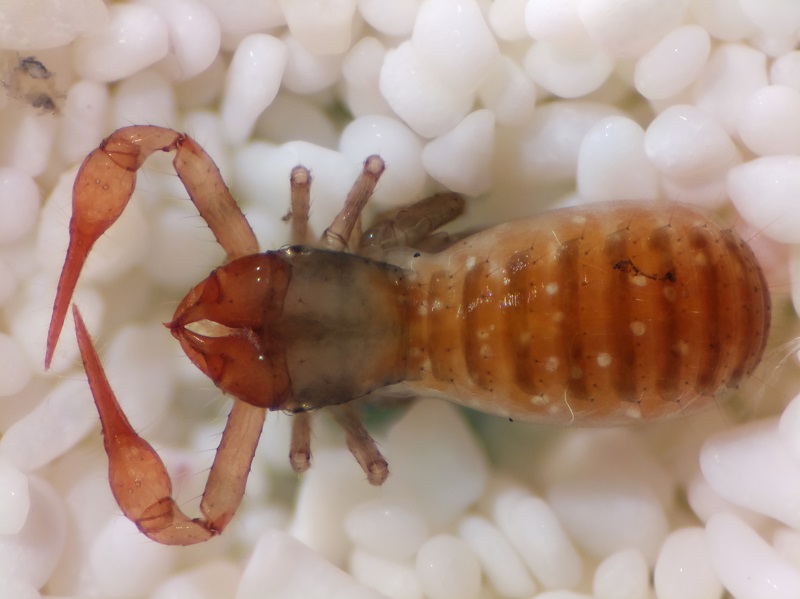
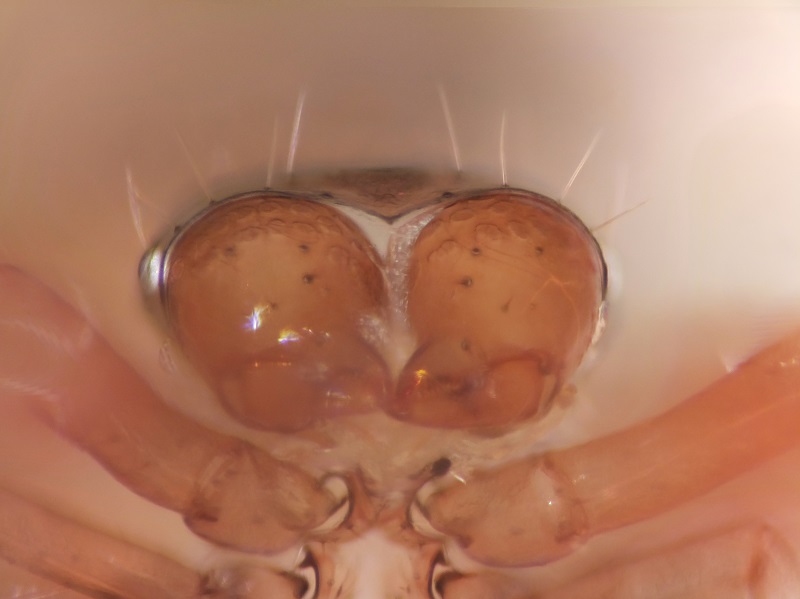
Armored Mite
(Oribatida)
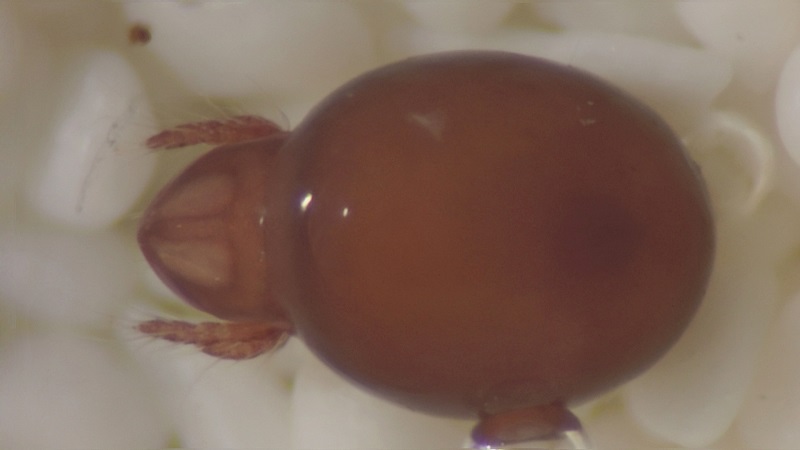
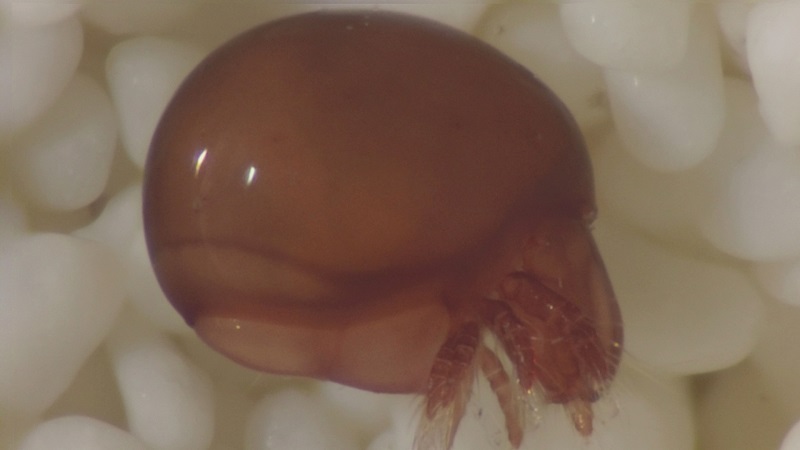
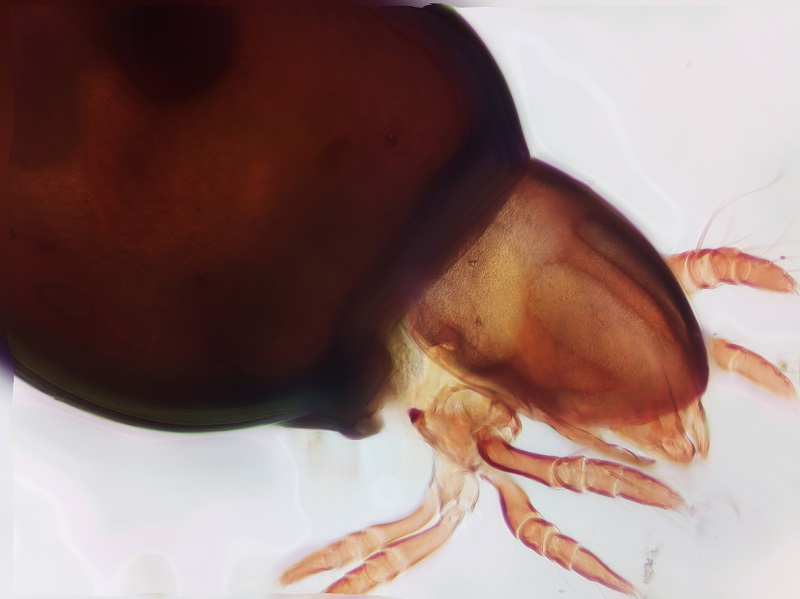
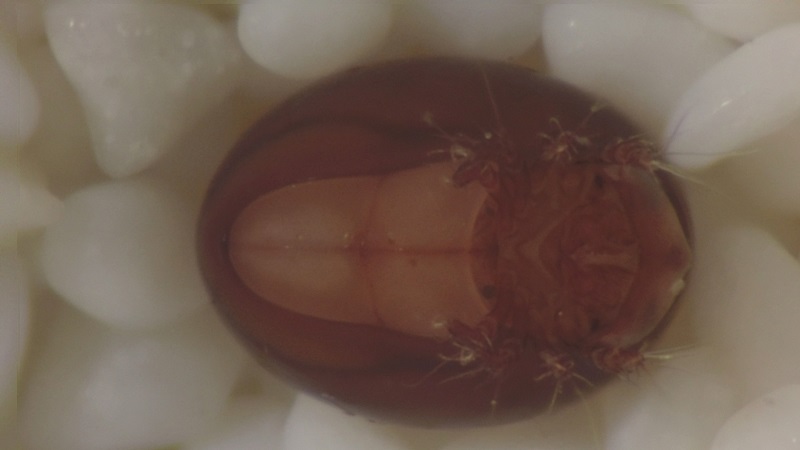
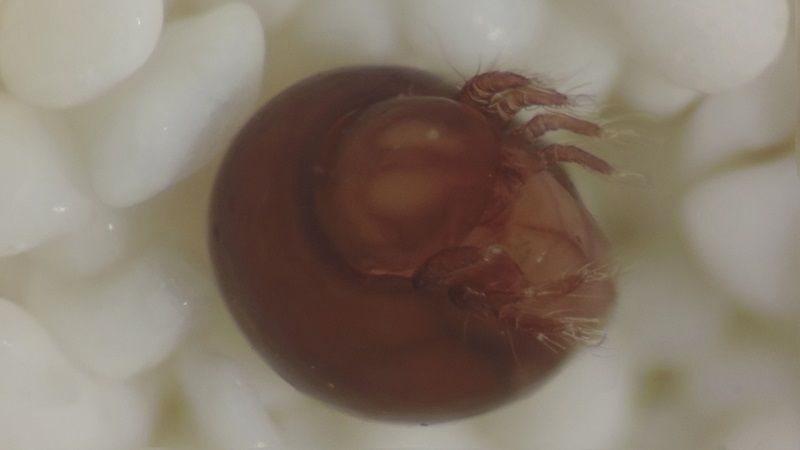
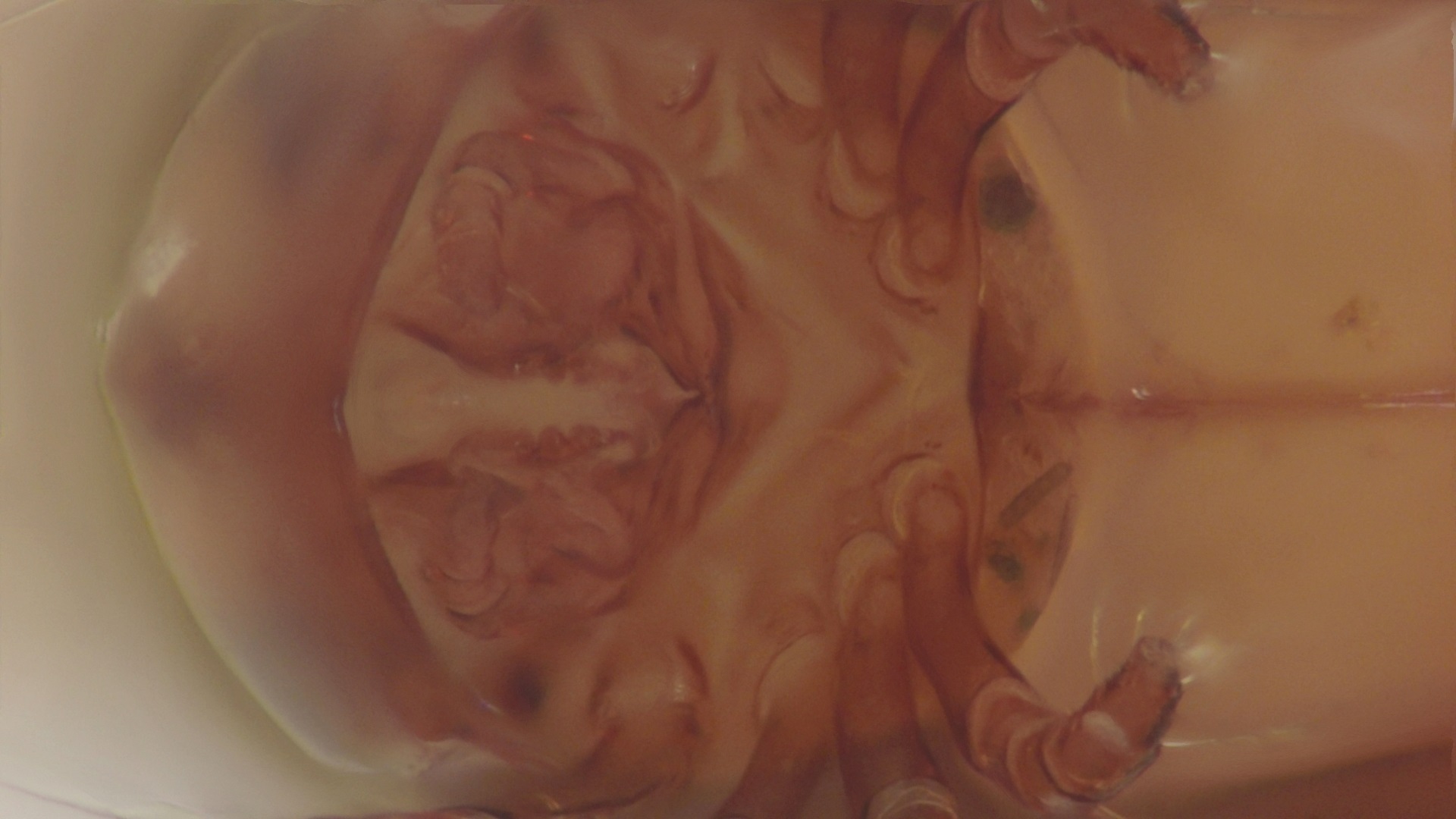
Oribatids, also known as the armored mites, belong to the group of vegetarians in the world of mites. The most common habitats for armored mites are the mosses that grow all over Keats Island. They are an important element of the ecosystem, as they feed on decomposing materials, fungi and algae.
Did you know..?
Collembola, commonly known as springtails, are a diverse and intriguing group of tiny arthropods that play a vital role in terrestrial ecosystems worldwide. Despite their minuscule size, springtails have captured the curiosity of scientists and nature enthusiasts due to their unique adaptations, ecological significance, and ancient evolutionary history.
Did you know..?
Springtails
(Collembola)
